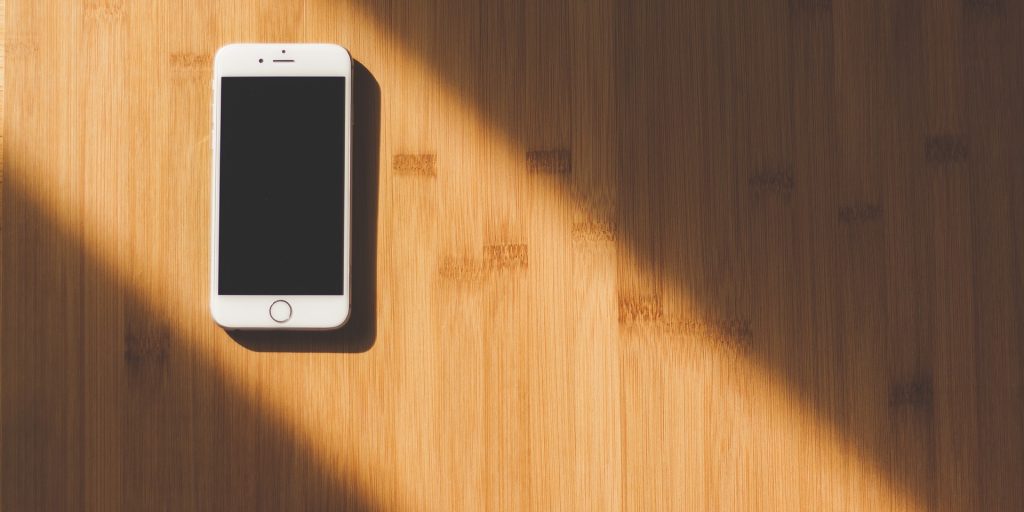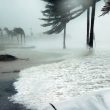Report: First responders use smartphones more than mobile radios
A short decade ago, cellphones were disallowed from most spaces and perceived most prominently as a detrimental distraction. But a lot has changed in 10 years—especially in the emergency services sector. These days, smartphones are recognized as an essential tool used daily by telecommunicators and first responders, shortening response times and increasing in-the-moment adaptability.
Smartphones, affording first responders direct lines of text-, visual- and GIS-communication between each other, have stepped into a primary role previously held by mobile radios. This is based on a report from Verizon Frontline, carried out by Lexipol, which highlights a growing reliance on smartphones by telecommunicators and first responders. Correspondingly, there’s also a higher reliance on fast data networks industry wide.
In a survey of more than 3,000 first responders cited in the report, 72 percent of respondents reported they use smartphones daily compared to 68 percent that said they mostly use land mobile radios. During emergency situations, along with apps, respondents “overwhelmingly utilized SMS between colleagues and real-time positioning information, while multimedia usage and bandwidth speeds were also critical.” Comparatively, only about half said they use laptops. This is in-line with the broader trend of smartphone use in society. As of February, 97 percent of Americans owned a cell phone, according to the Pew Research Center.
This shift is driven by technological advancements, which have fundamentally changed the way first responders do their jobs. Seven in 10 of those surveyed said they felt “prepared to handle a natural disaster with their current tools. However, there is room for improvement: nearly a quarter (18 percent) feel their agency’s technology is not preparing them to face a crisis.”
Among emerging technology that’s been integrated into the public safety sector over the last two decades, smartphone tech for first responders has improved the most drastically, according to 75 percent of respondents. Following that up, 55 percent said data usage for situational awareness (social media, license plate data, etc.) has seen the biggest improvements, and 48.5 percent said network reliability has improved the most.
These advancements have brought adjacent communities closer together, allowing real-time and organic mutual aid from afar. If one telecommunication center is inundated by calls, another in a different county can step in to handle the overflow. But with this new way of doing things, there are new challenges, like connecting incompatible systems. Recognizing this, 93 percent of respondents listed cross-agency coordination to be “critical when responding to public safety crises, while 80 percent believe that interoperability—the ability to communicate across agencies, regardless of network or device—is critical,” the brief says.
In order for these multi-modal and cross-platform connections to become normalized, reliable and fast networks need to be put into place today. The report notes that over a third said “having a reliable network would be key to the future of tech developments in public safety—which aligns as the current technology feature that more than half of first responders want right now but don’t have is the ability to transmit data faster: from quicker uploads and downloads to being able to share their position in the field.”
Along with smartphones, internet-connected vehicles, tablets and drones are other areas expected to see significant growth in coming years. The survey notes that drone use by public safety agencies alone could grow from 5 percent today to 16 percent by 2026.





















This is a terrible idea.
On April 23, 1987, the L’Ambiance Plaza building under construction in Bridgeport, Connecticut, collapsed killing 28 construction workers. The Fire Chief at that time was featured id a documentary about the collapse. One of the major problems he identified was the department had switched to cell phones and because there were so many cellphones around the collapse site he said they couldn’t get any signals to communicate with the rescue units.
At 1:51 p.m. on August 23, 2011, a magnitude 5.8 earthquake struck 90 miles southwest of Washington, D.C.. I was in the Baltimore area delivering a vehicle and I lost my partner who was driving the other vehicle. I couldn’t reach him on my cell phone because the cell network was jammed with everyone calling to see if their friends felt the shaking.
To: Jim Miller on the post above about not having cell network priority:
DHS has sponsored Wireless Priority Service for all first responders. You and your agency should visit the site: cisa.gov/wireless-priority-service-wps where it can answer all your questions and allow you to sign up for this service.
Basically WPS will give you priority access regardless of network (Verizon, AT&T, T-Mo, etc.). Once signed up you dial *272 and then the 10 digit phone number. There is also a dialer in the apps stores.
This will really help you when cell service gets overloaded due to emergencies.
BR Geoff Engerman, Intrepid Networks